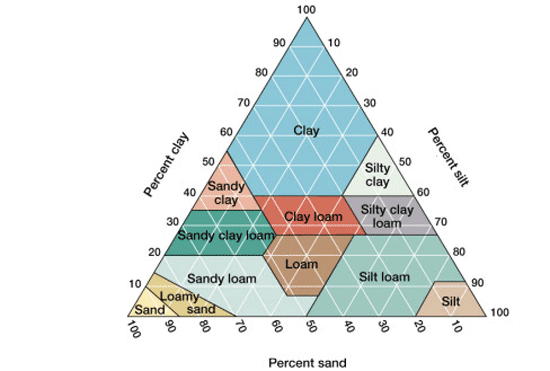11/7/18 Flooding Titer Test Plate
11/7/18 Flooding Titer Test Plate
Objective:
The goal of this procedure is to assist Lucy P. in getting a large amount of high titer lysate. This is achieved by webbing and then flooding plates. This procedure will detail the process of flooding the titer test plate which was webbed. We will add this to the lysate creating during the previous lab, and then we will do serial dilutions and plating to test the titer. While this procedure was being done, another group was using the newly created lysate to try to create two backup webbed plates.
The overarching question this test seeks to address is: Is the presence of phage determined by species of oak tree from which soil was collected?
In other words, are specific oak tree species more likely to have Arthrobacter bacteria phages in the soil surrounding them?
The question specific to my lab table is: Is the difference in the presence of phage between live oaks and red oaks on Baylor’s campus?
As a group, we hope to expand our question to include more species as we gather data so that we can better address our overarching question and we will look at our metadata to examine whether or not there are other factors that may determine phage presence.
Procedures and Protocols:
Materials for an Aseptic zone:
- CiDecon
- 70% Ethanol
- Ethanol Burner
Materials for Flooding a Plate:
- Phage buffer
- Incubator/Shaker
- Syringe Filter
- 15 ml conical vial
- Pipette
In order to complete the procedure, an aseptic zone was created.
- CiDecon was applied to the lab table with a squeeze bottle and wiped away with a paper towel
- 70% Ethanol was also applied with a squeeze bottle, spread with a paper towel, and allow to evaporate
- An ethanol burner was light in order to use the rising heat from the flame to form the aseptic zone
Them the previously created 10 µL titer test plate was flooded.
- 5 ml of phage buffer was pipetted onto the agar plate.
- The plate was left on the shaker at room temperature, to slowly shake for an hour.
- At an hour, a syringe filter was used to filter the resulting lysate
- ~3 ml of the lysate was transferred it into Monday’s vial to create a combined 6 ml lysate for future testing.

Results:
The results of this lab will not be visible until Friday’s lab, but I can say that flooding the plate seemed to occur without incident.
Analysis:
The idea behind the procedures as a whole is to enable us to create larger quantities of high titer lysate. In theory, this can be done after a plaque has been purified by creating webbed plates that can be flooded with phage buffer. The resulting mixture then holds many phage, and the titer can be tested with a plaque assay. However, when Lucy P. and I were unable to create a webbed plate, and we were running out of lysate we needed to make more. The solution to this problem was addressed in two ways, Lucy P. and I flooded the 14.1 µL plate because it had more phage on it so that we could create more lysate. While we were doing this, two others used the last of the remaining old lysate to try to web a plate. Strangely our titer test plate was webbed and the 30 μl test on the old lysate was not, which is what prompted the action of this lab.
Future:
During our next lab, we will perform serial dilutions to determine the titer of the resulting combined lysate from this lab and Monday’s lab procedure. We will then determine what steps need to be taken.
























 (https://samanthaapes.weebly.com/apes-in-a-box-soil-pyramid.html)
(https://samanthaapes.weebly.com/apes-in-a-box-soil-pyramid.html)














